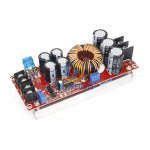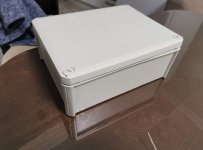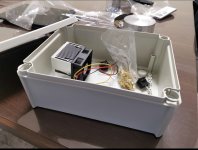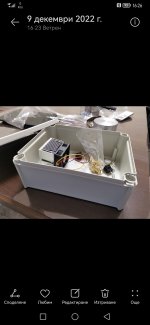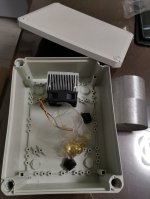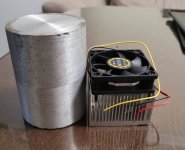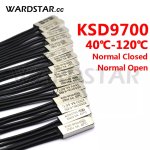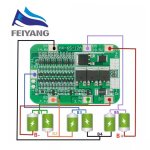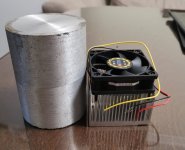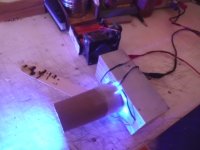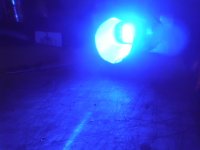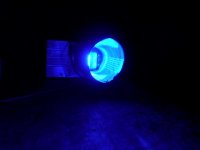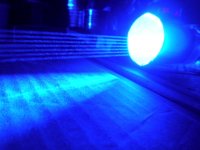You can use 5 automotive light bulbs in series as the driver will arrive set at 50V, connect your load ( 5 bulbs in series ) then your battery, turn both pots all the way down, I like to use an inductive ammeter, you can test the driver with the light bulbs to get a feel for how it works.
You want to turn the pots all the way down before connecting to your laser array, then using an inductive amp meter adjust both pots up slowly ( while connected to the array ) slowly, one just a little until the brightness won't increase, then the other just a little until the brightness wont increase and then once you reach the 3.5A or whatever your target current, then turn the current pot back until you see the reading move down, then back up until your target, then turn the volts back gently until you see the amp reading just start to move down, you will have both pots set.
p.s. Note: Don't power up the driver without a load connected.





